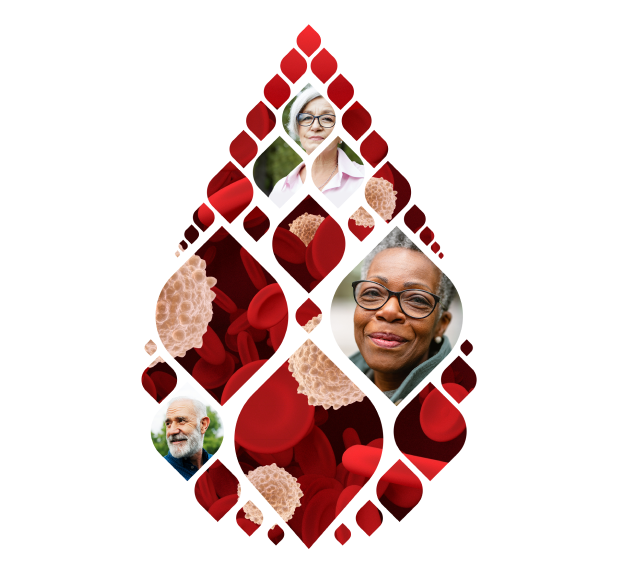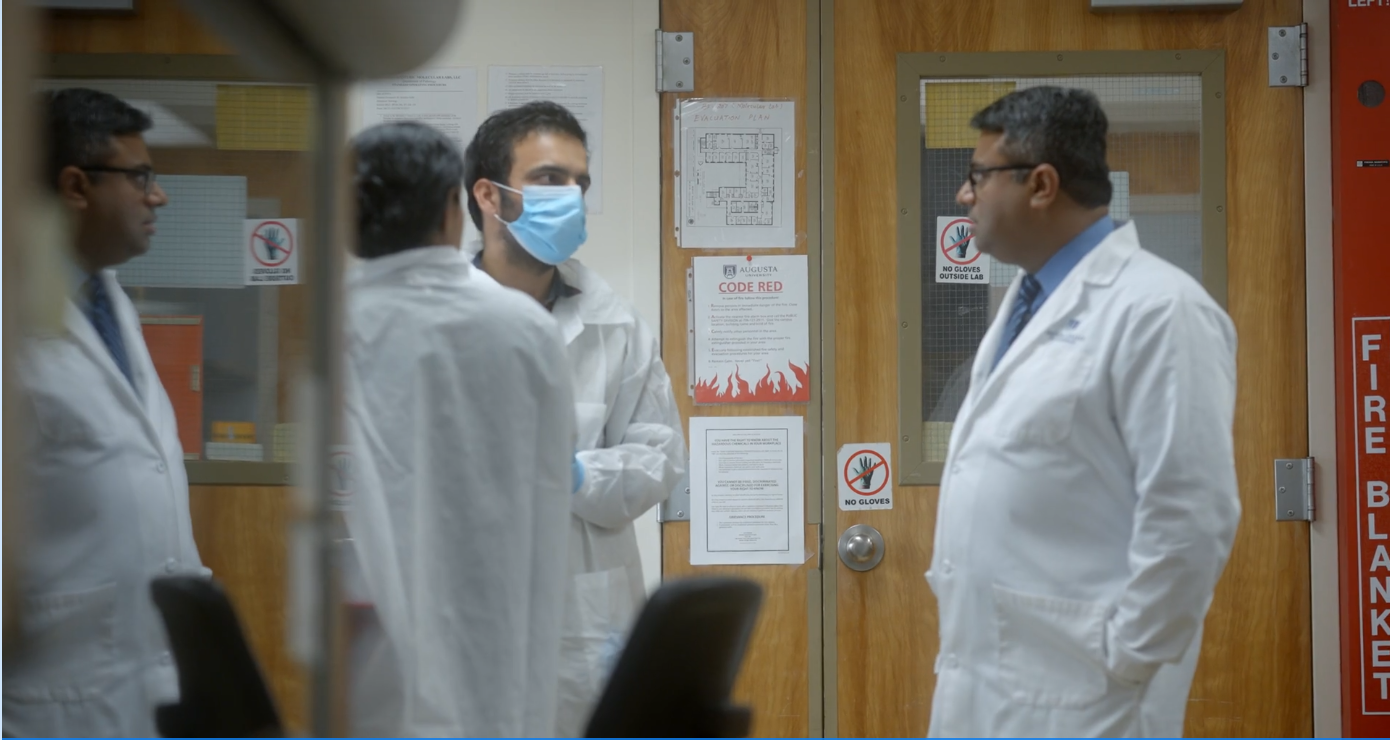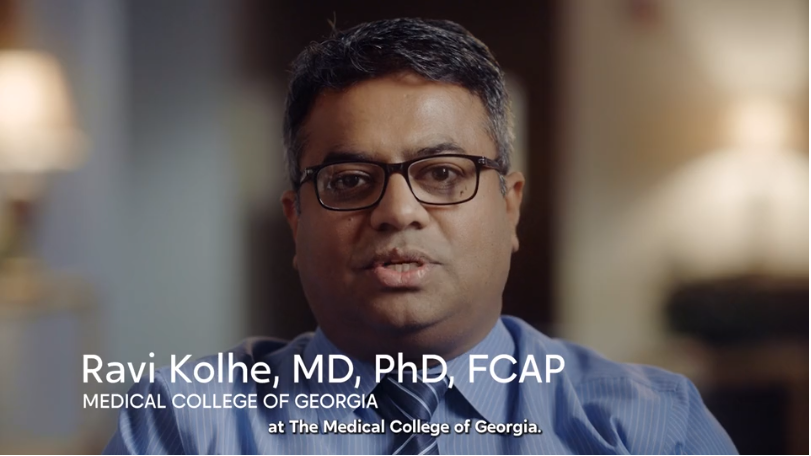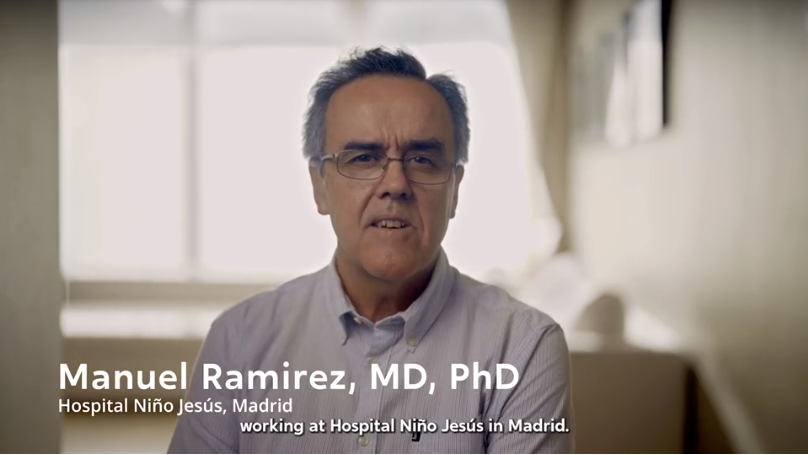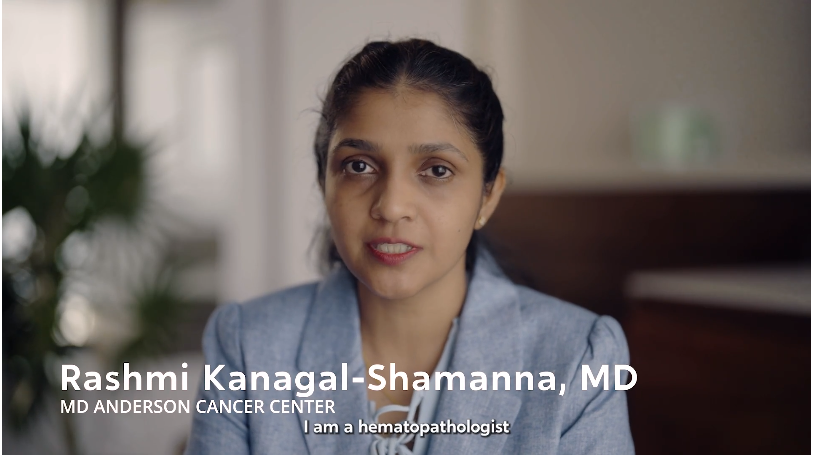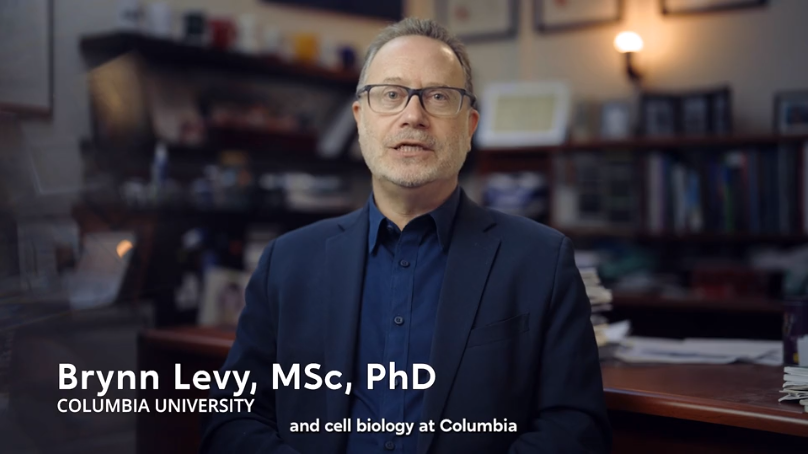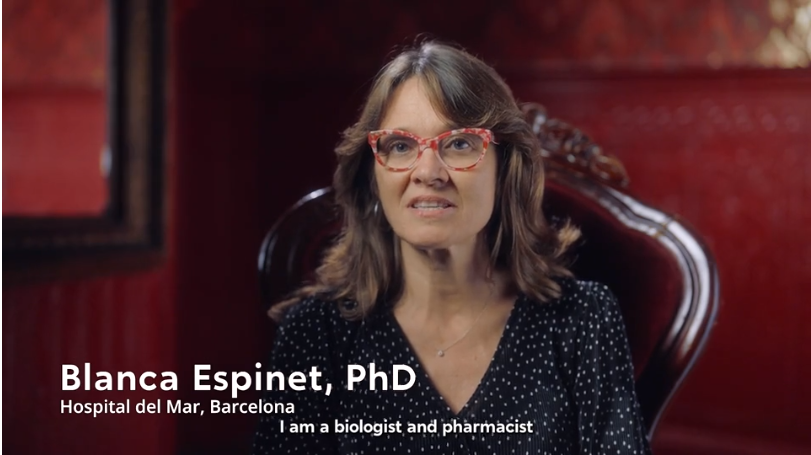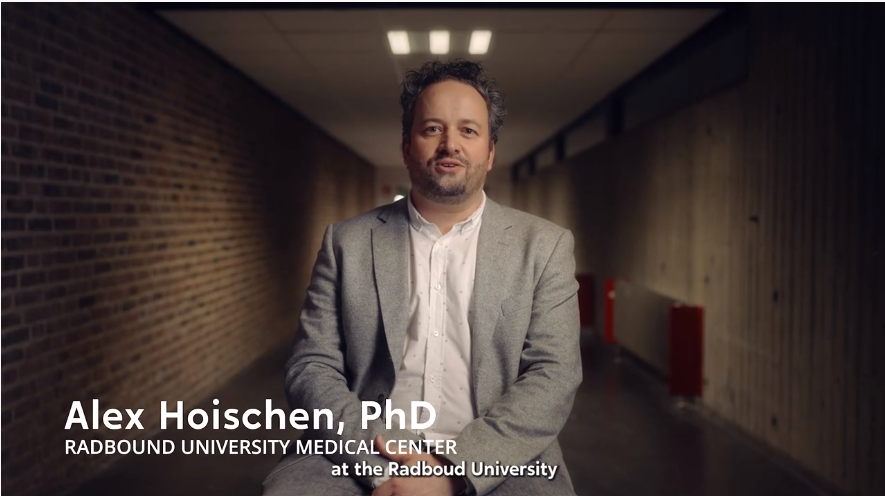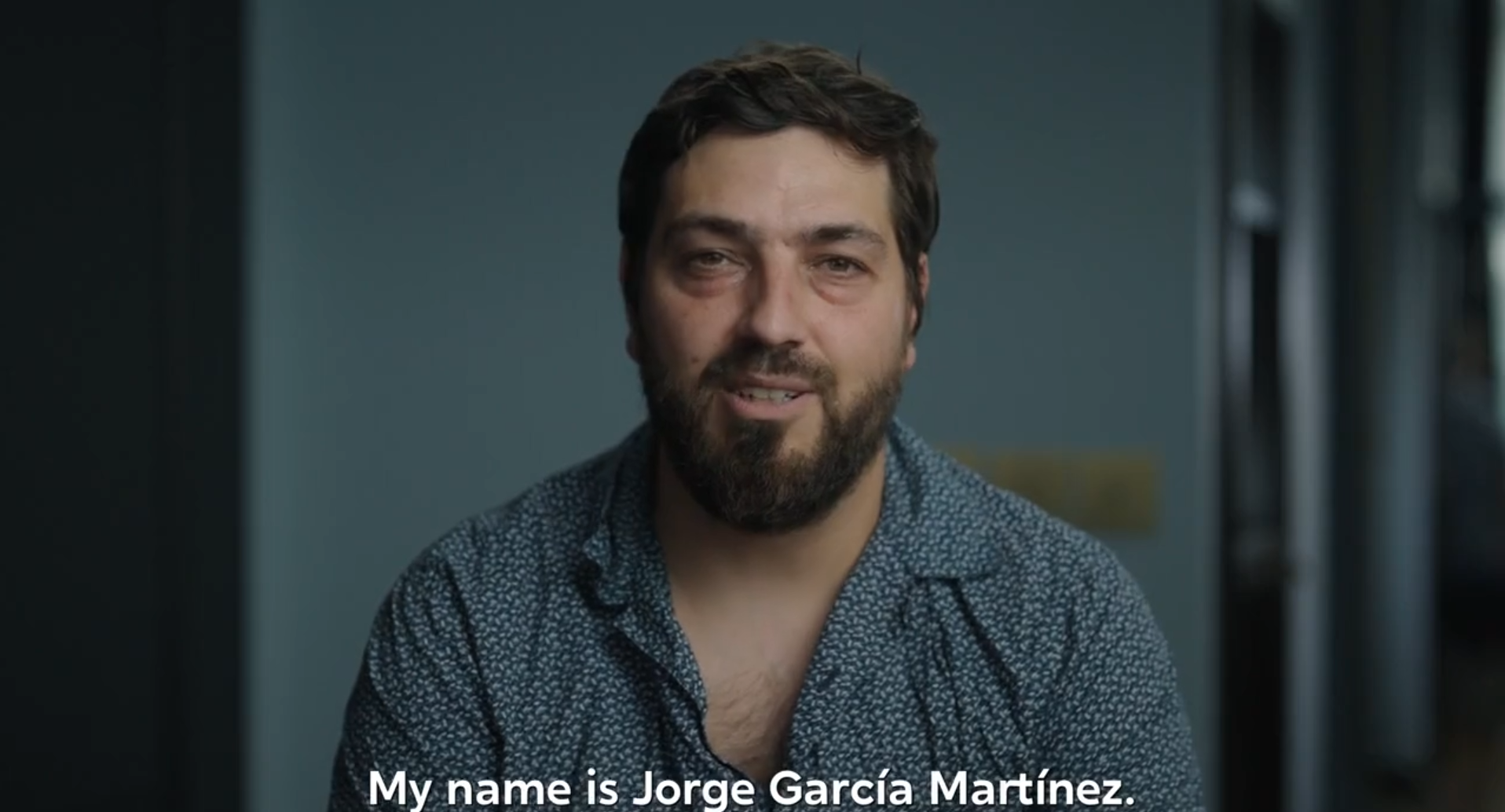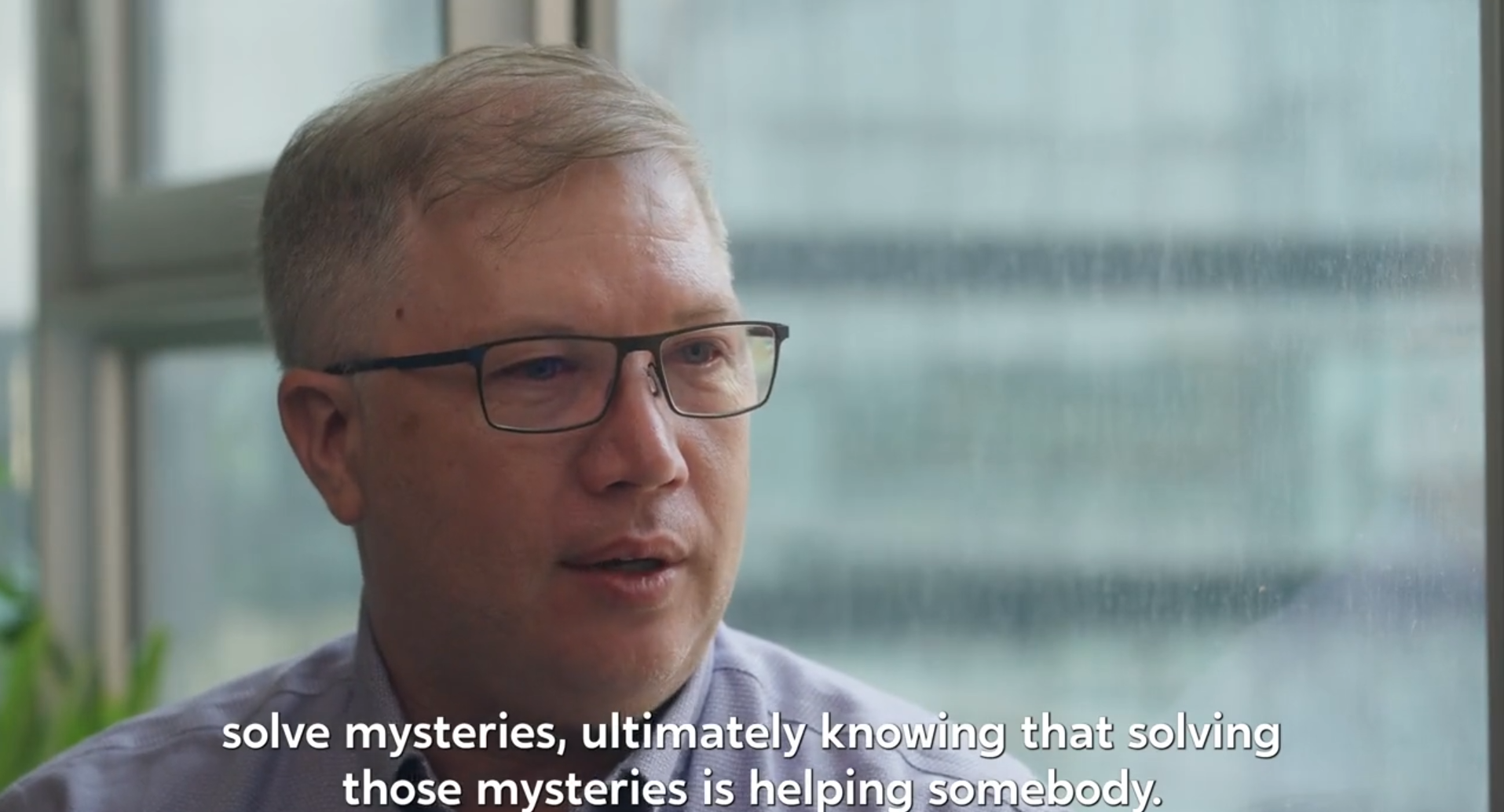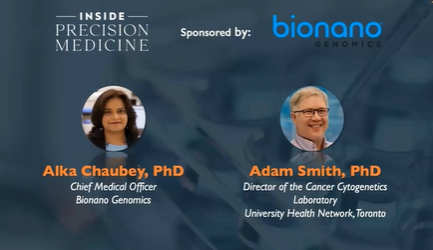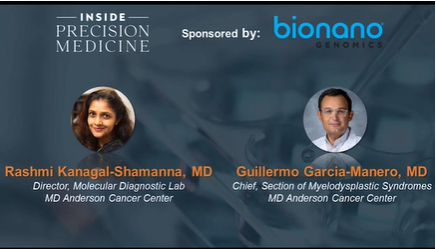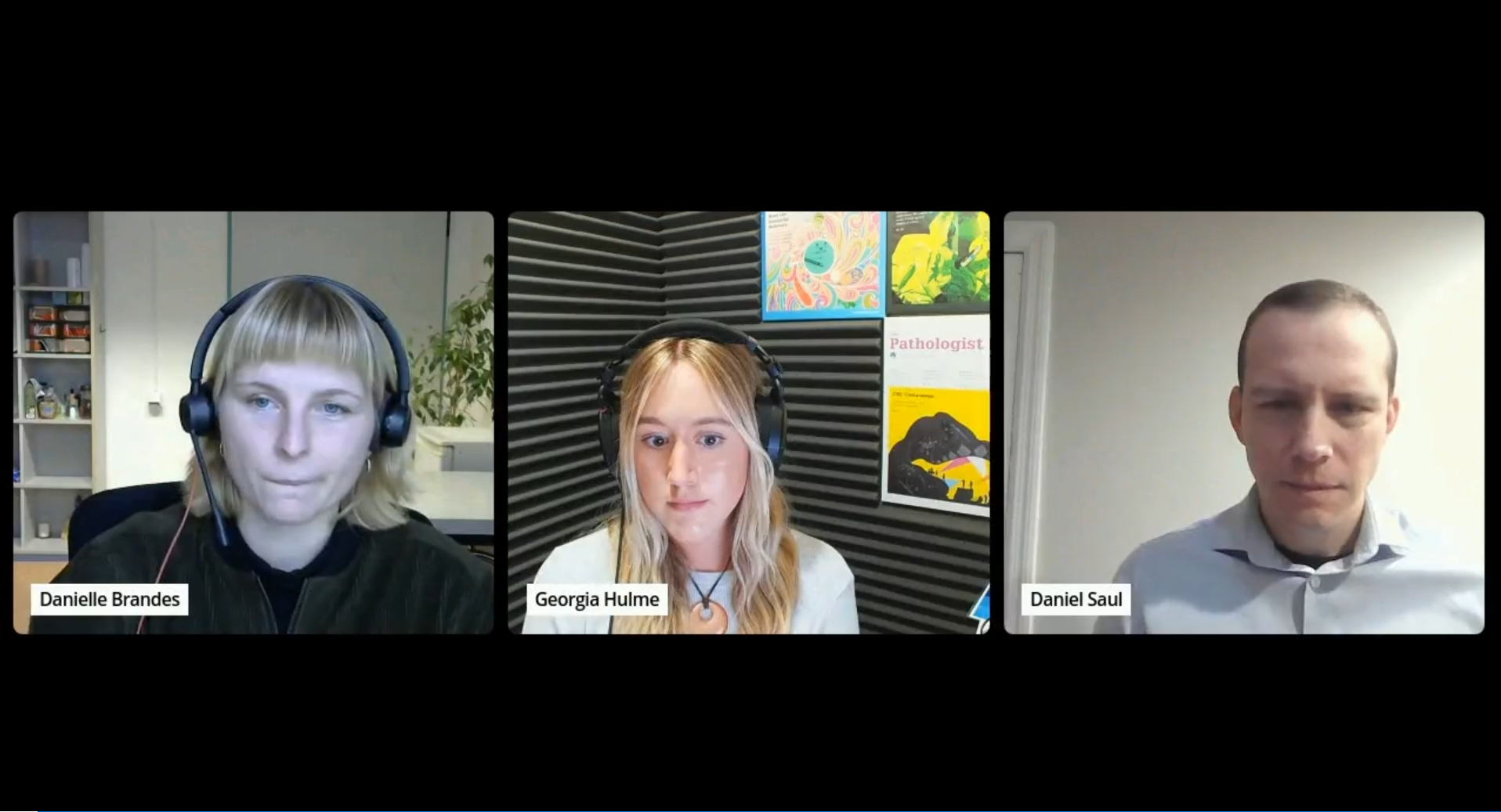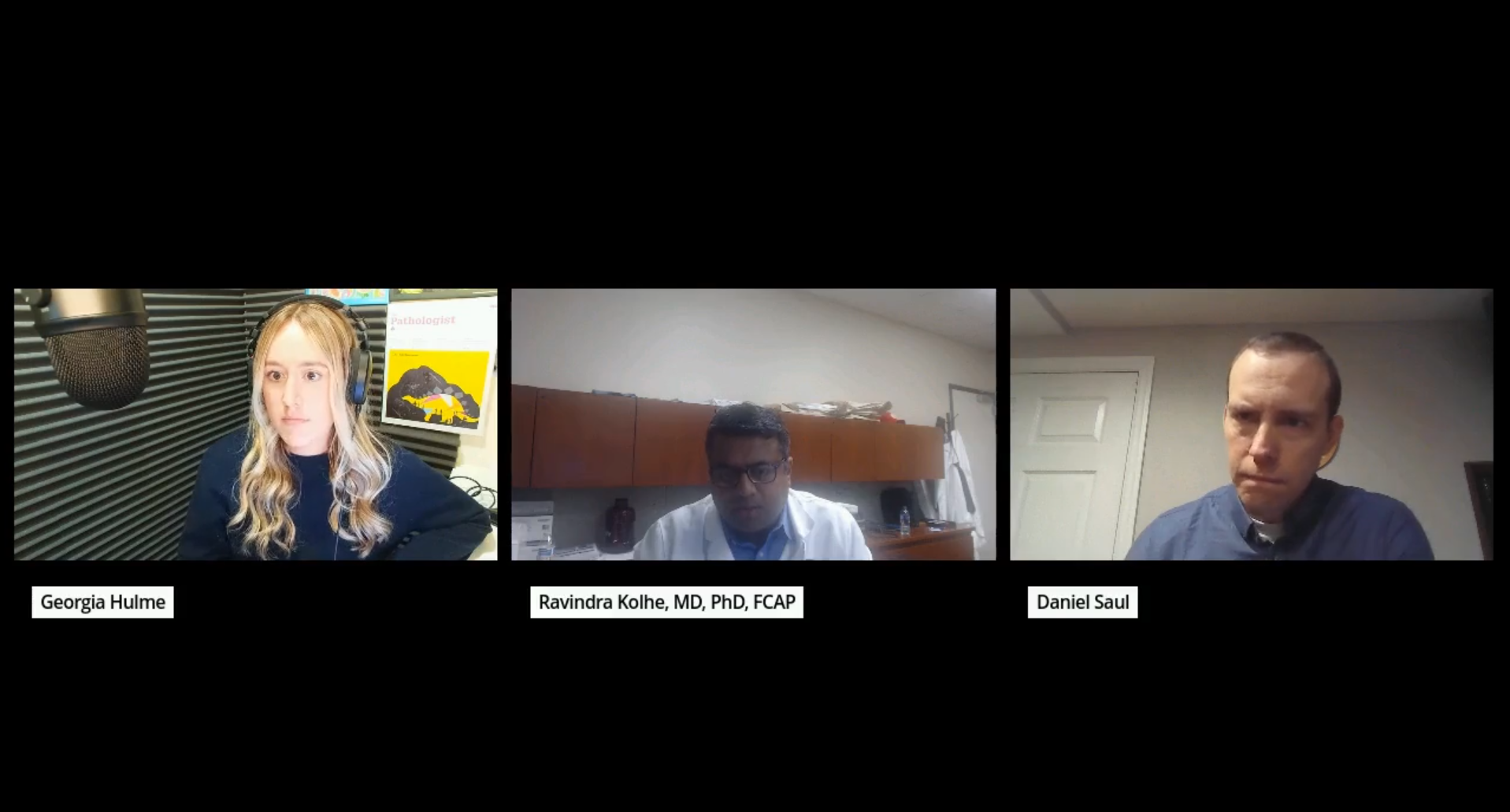
Structural Variants in Hematological Malignancies
Chromosomal aberrations are a major contributing factor to the pathology of hematological malignancies. The first step to understanding the etiology and progression of these malignancies is by detecting and identifying structural and copy-number variants. With this knowledge results may:
- Increase the number of informed samples
- Provide a faster time to pathogenic genomic findings
- Increase the accuracy of sample risk stratifications
The challenge has been that with classical cytogenetics methods researchers cannot detect or resolve many of the relevant chromosomal abnormalities.
Finally, Optical Genome Mapping reveals them.
Optical Genome Mapping (OGM)
Optical Genome Mapping reveals what you need to see
OGM captures all classes of structural and copy-number variants in a single assay—detection that usually takes multiple cytogenetic techniques to capture. Now labs can generate more meaningful information in a simpler and more efficient way.
The OGM genome-wide platform brings unbiased, digital precision to solve unresolved cases across hematological malignancies.
Spans the full genome
Unbiased workflow
Combines high-resolution with digital analysis
Can reliably resolve all classes of structural and copy-number variants in a single workflow
Detects more pathogenic chromosomal abnormalities
Learn about the OGM advantage in hematological malignancies
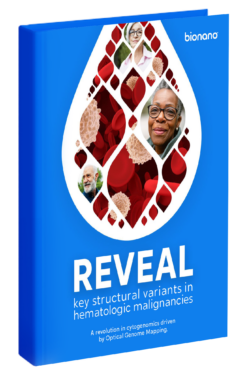
The Next Revolution of Cytogenomics in Hematological Malignancies
Cytogenomics is essential for understanding the etiology and progression of hematological malignancies. Learn how the innovative OGM method is revolutionizing the landscape and explore the advantages of OGM through real-world experiences supported by peer-reviewed publications.
Download eBook
“There is this wide region of the genome that no one has even looked at or interrogated. And the things you can do using OGM technology…the discoveries, the identification of biomarkers, prognostication, improving therapy, identifying targets, it’s endless. The potential is endless, and I’m super excited to work with this in the future.”
Rashmi Kanagal-Shamanna, M.D.
Assoc. Prof., Dept. of Hematop., Dir., Mol. Diagn. Laboratory–Microarray,
The University of Texas MD Anderson Cancer Center
OGM revolutionizes the way cytogenetics contributes to cancer research
OGM is moving the field of hematological malignancy research forward in two ways:
- It provides a single assay to detect the chromosomal aberrations of clinical and biological significance that traditional techniques may detect after two, and often more, assays.
- It reveals more with a higher resolution that can resolve complex structures that are otherwise cryptic or completely missed by classical techniques.

High concordance with classical cytogenomic methods
Better characterization and resolution of structural variants
Reveals more pathogenic variants
OGM captures all classes of structural and copy-number variants seen with karyotyping, FISH and chromosomal microarrays—in a single method
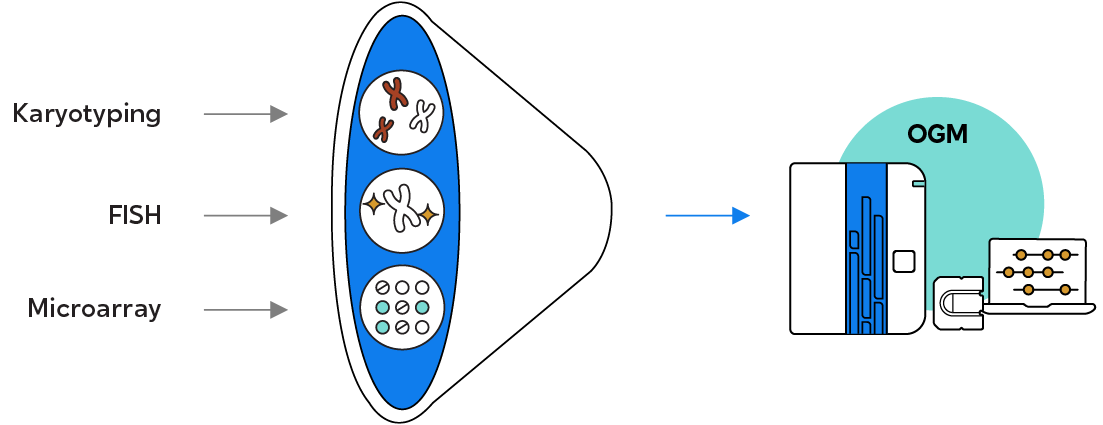

“30% of previously unsolved cases for B-ALL, which previously underwent karyotype + FISH +microarray + NGS, were solved using OGM.”
Dr. Gordana Raca, M.D., Ph.D., FACMG
Dir. of Clinical Cytogenomics, Center for Pers. Med. DPLM, Children’s Hospital Los Angeles, Prof. of Clin. Pathol., Keck School of Medicine at USC
Your breakthrough to revealing critical genomic insights
10,000x
10,000x resolution and higher sensitivity compared to karyotyping
99%
Results >99% concordant with standard cytogenomic methods
5%
5% variant allele frequency (VAF)
The Stratys™ System
Reach a New Level of Workflow and Simplicity
Reveal all classes of stuctural variants and leave the limits of traditional cytogenetics and sequencing behind with Optical Genome Mapping and the Bionano Stratys™ System.
- High sample capacity
- Ultimate flexibility
- “Jump the queue” for priority samples
- Reduced turnaround time
- Accelerated computation with NVIDIA RTX GPUs
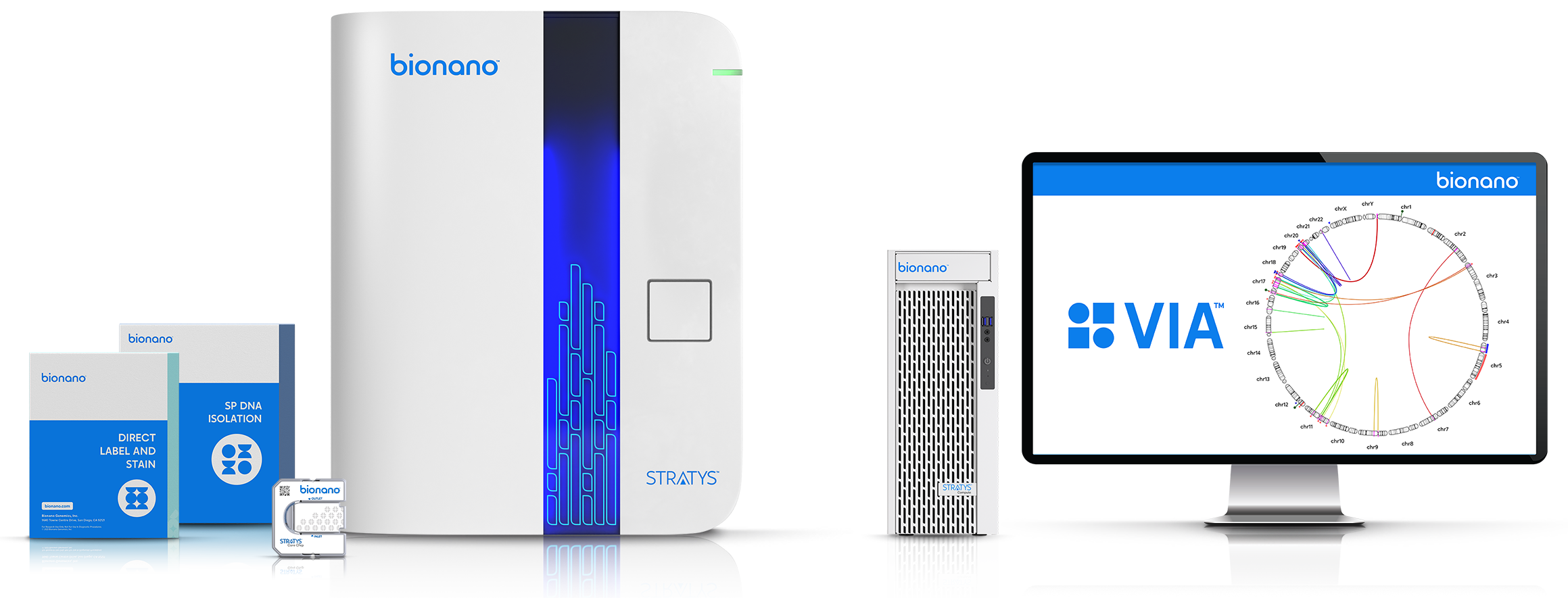

The Next Revolution of Cytogenomics in Hematological Malignancies
Cytogenomics is essential for understanding the etiology and progression of hematological malignancies. Learn how the innovative OGM method is revolutionizing the landscape and explore the advantages of OGM through real-world experiences supported by peer-reviewed publications.
Download eBookTestimonials
Watch this exclusive video series, where multiple esteemed experts in the field of Hematological Malignancies unveil the transformative impact of Optical Genome Mapping (OGM) on the exploration of structural variants in disease samples. Each video delves into the critical role of structural variants in genomics and disease, highlighting the constraints of traditional cytogenetic methods and the superior capacity of OGM to uncover pathogenic variants. Discover through their insights how OGM not only elevates the standard of care but also streamlines laboratory workflows, offering a digital, genome-wide, and high-resolution approach.
Publications and resources
Additional Resources
Why Structural Variation Matters
Read about what structural variations are and why they matter.
Learn MoreThe Stratys™ System
Reveal genome-wide structural variation with the Stratys™ optical genome mapping system.
Learn More